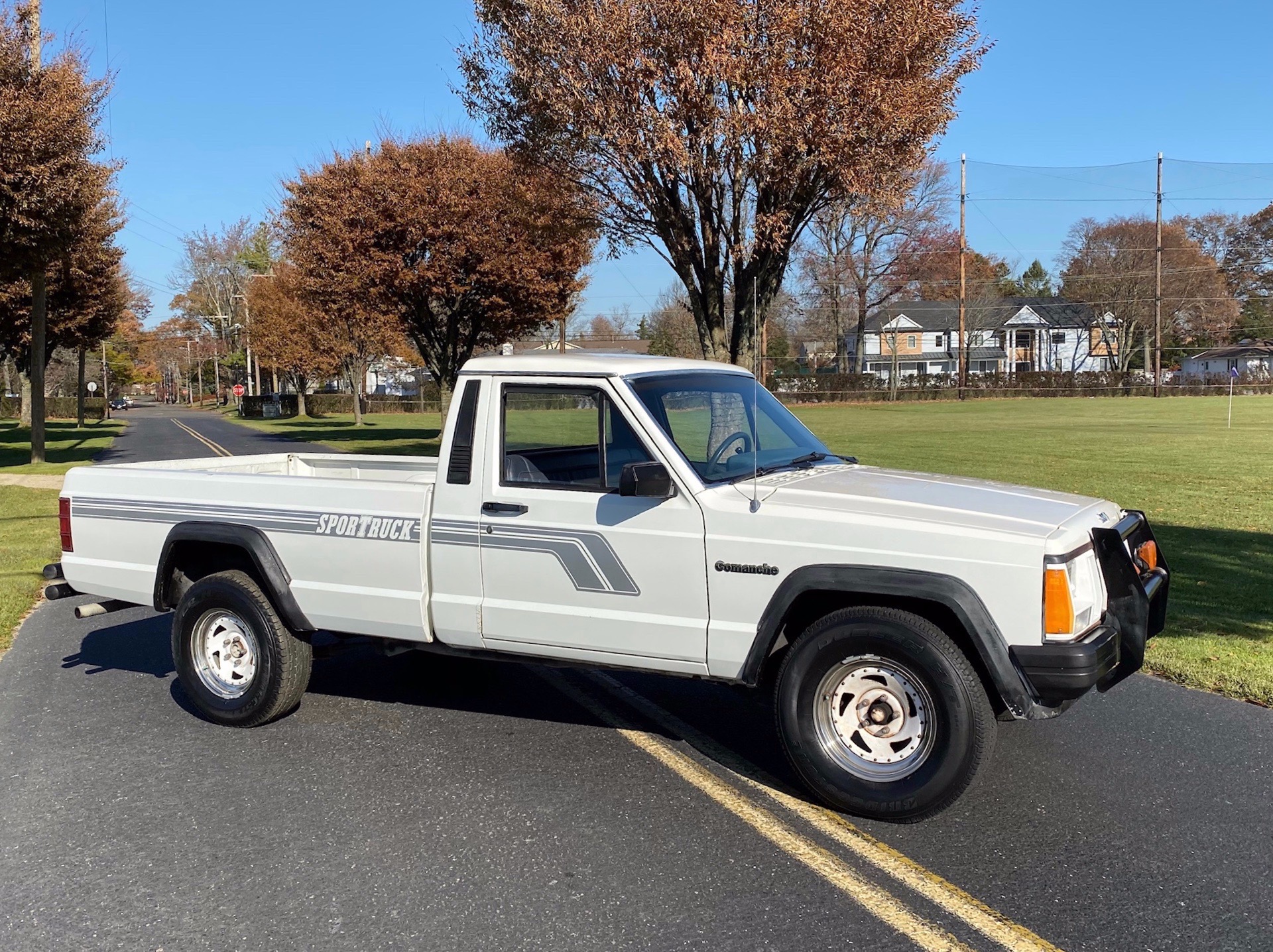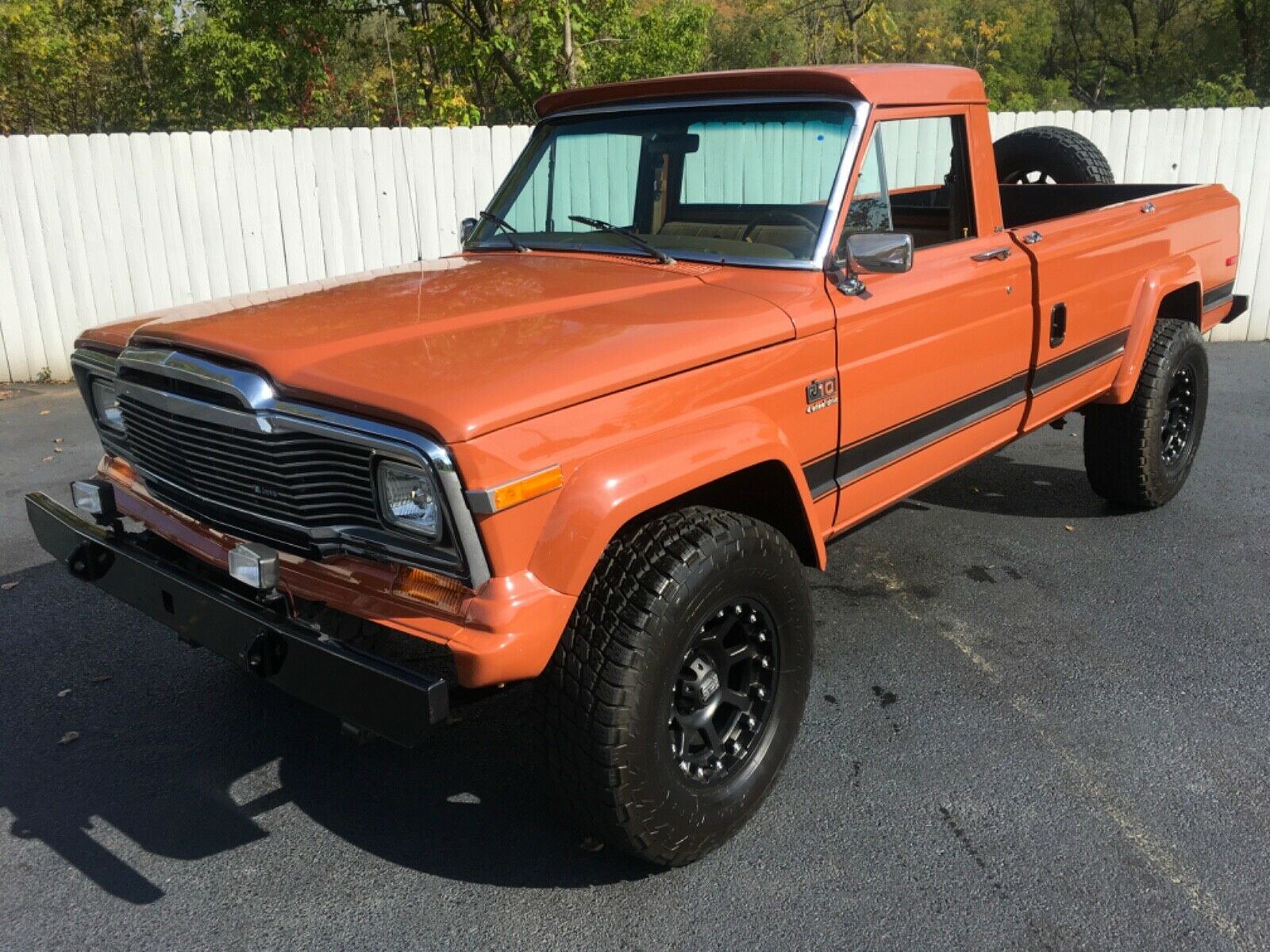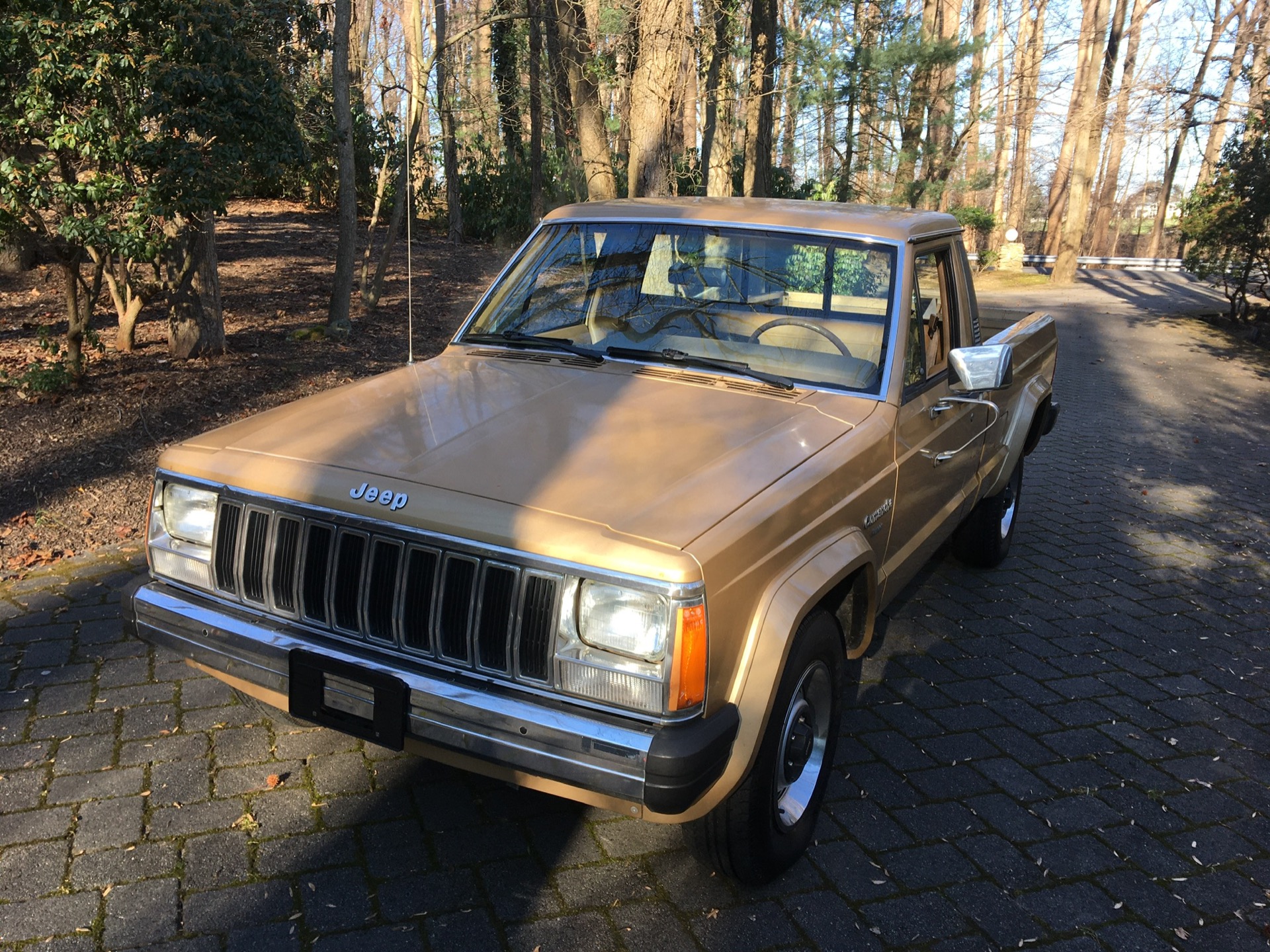

The long torque band of the I6 gave the MJ the ability to overtake daringly and the ultra-stiff rear kept the truck in line to hold onto leads in corners. SCCA rules allowed for variations in engine displacement and configuration. In the late 80s, Chrysler was able to use the Jeep MJ to compete in SCCA Sporttruck races. The newly reworked motor combined with the stiff frame turned the Jeep Comanche into one of the best-handling American pickups of its day-MJs are still contenders today with enthusiasts who want a pickup and a Nissan S13. This is to make room for an auxiliary electric fan for the radiator. The clutch-fan assembly sits alone, driven from a separate pulley, offset.

The one odd thing about the MJ's I6 is that the clutch-driven fan is not mounted to the water pump like most plants. The only difference is the Renix EFI from AMC was replaced with Mopar injection, bringing the horsepower up to 190 from the original 170. Under the hood of 1991 and after MJs is the AMC 4.0-liter reverse-flow straight-six. You forget that there is a bed behind you unless you look. The MJs bed is connected by the trailing end of the cab's body and by the implanted frame. They move separately, all wobbling around like a train of children holding hands while on a field trip to the Chicago Art Museum. That's because the "body" of the bed and the body of the cab are two different masses. The Jeep Comanche was one of the best-handling American pickups of its day.Įven today, most body-on-frame trucks get sloppy when you try to whip them around corners as if they are cars. What resulted was a super-strong and super-rigid small pickup with an optional 4.0-liter straight-six engine and a five-speed transmission driving the rear wheels only. That way, the rear of the vehicle was reinforced to handle the openness and roofless-ness of a pickup. How did AMC and later Chrysler make a truck out of an SUV? They pressed a frame into the back of the carved-out unibody. You could make the body any shape you wanted because the body didn't hold the car together the underlying frame did. Most pickups (especially in the 80s) were body-on-frame. If you cut it down behind the B-pillar to make a pickup bed, what you're left with is a floppy butt that wants to break off and live on its own. Every bit of the XJ was structurally integral to everything else. That's fine, but the XJ Cherokee was a monocoque-unibody car, meaning the frame and body were all one chunk of metal.

The MJ Comanche pickup was carved from the XJ Cherokee SUV.
#Jeep comanche full
Two, the Jeep MJ Comanche, an all-American in-house power ballad intended to blast the Toyota Pickup and its bed full of Ska Paradise Orchestra members all the way back to Tokyo. One, the Eagle Premier, a four-door Honda Accord cover band with Renault on backup vocals and bass guitar. The American Motors Corporation was breathing though a cocktail straw in 1985.


 0 kommentar(er)
0 kommentar(er)
